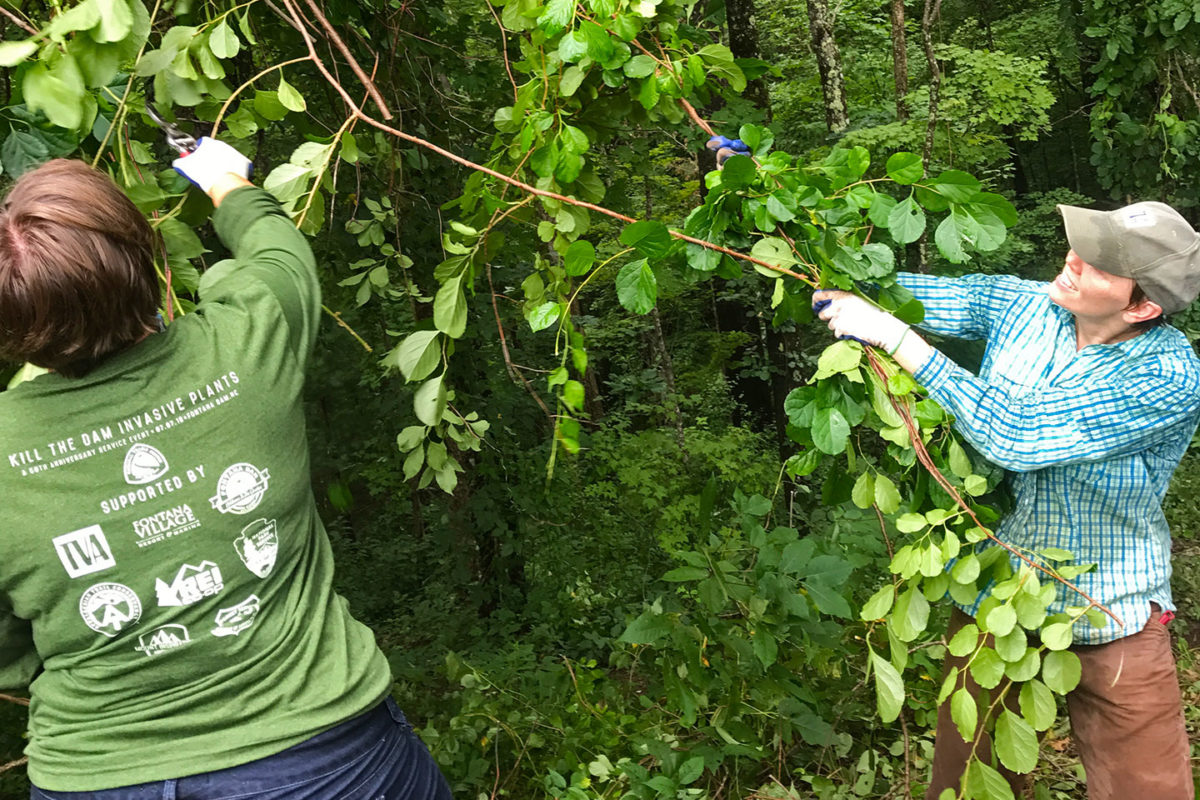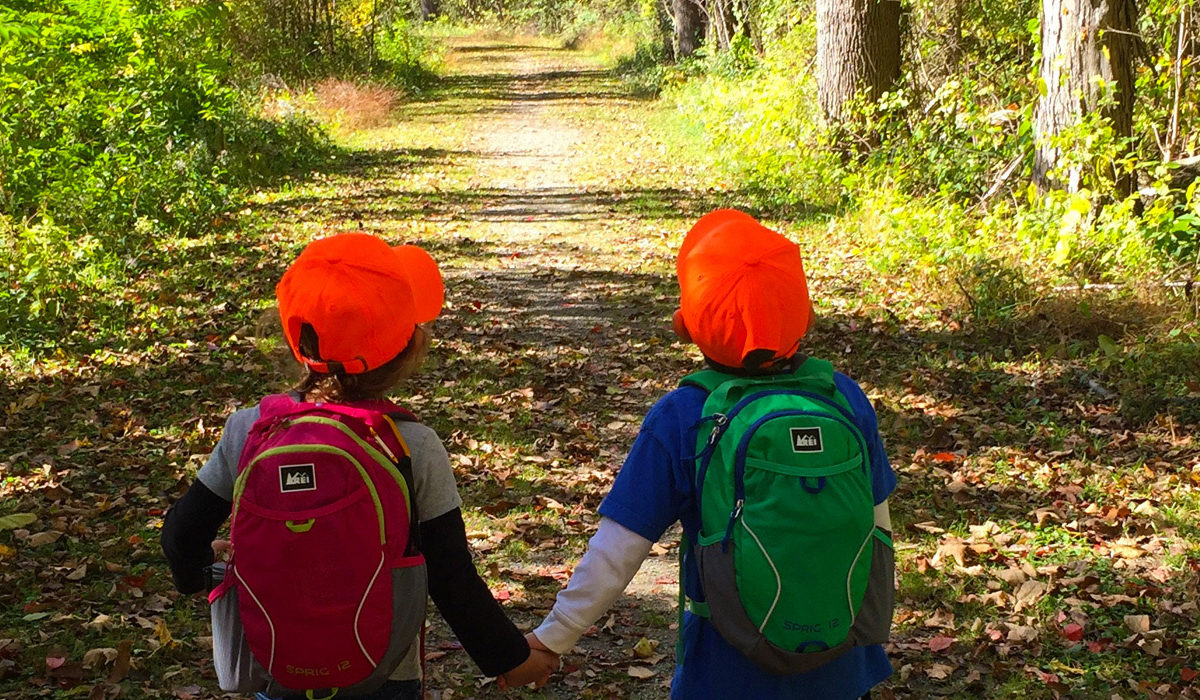by Alivia Acosta, ATC National Service Coordinator
A.T. Volunteers Contribute to Climate Resiliency
The Appalachian Trail (A.T.) is often referred to as “a simple footpath.” Below the surface however, the wealth of complexities within the realm of the Trail creates a bit of a different view. Take the multifaceted responsibilities of the nearly 6,000 A.T. Volunteers for example; or how a 2,100 mile Trail from Georgia to Maine is managed within a Cooperative Management System, between 31 Trail Maintenance Clubs, the Appalachian Trail Conservancy, National Park Service, United States Forest Service, and a variety of land managers.
The A.T. is also a valuable global asset, spurring climate resiliency, supported through the work of volunteers.

- Controlling Non-Native Invasive Species: Controlling the spread of invasive plant species is an important component of land stewardship. Invasive plant control helps to protect native species and promote biologically diverse communities. Natural communities diverse with native species are in turn more productive and resilient to changing climates.

- Open Space Conservation: Diverse native ecosystems, whether mature forest or young meadows are important for sequestering atmospheric carbon and storing it in their biomass. The forests along the A.T. do an excellent job of storing carbon, as do the grassland and wildflower meadows that dot the Trail. These open spaces additionally afford some of the most iconic A.T. views while supporting grassland bird and pollinator species that are in decline due to loss of habitat.


- Fostering Connections to the Outdoors: The Trail itself is a platform for people to find their connections to the natural world. Those people who find these connections are more likely to understand the importance of the ecological services to which natural areas provide; such as clean drinking water, clean air, and flood control. With this understanding, those who enjoy the Trail are more apt to work and engage in the protection of our natural resources, thus continuing the fight against climate change.
The Trail may appear to be a simple footpath to some, but each day thousands of volunteers are contributing, not only to the protection of the Trail, but also to saving the world.
